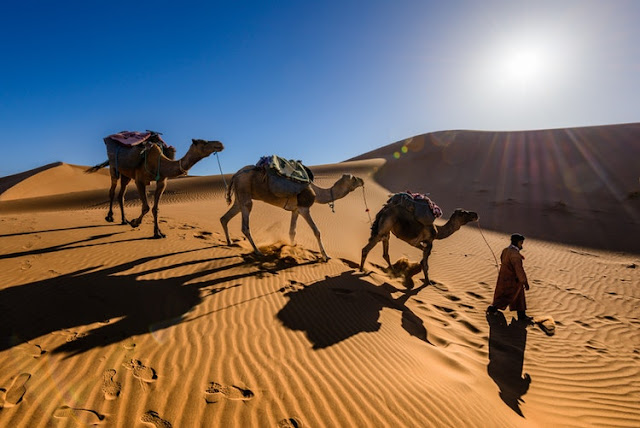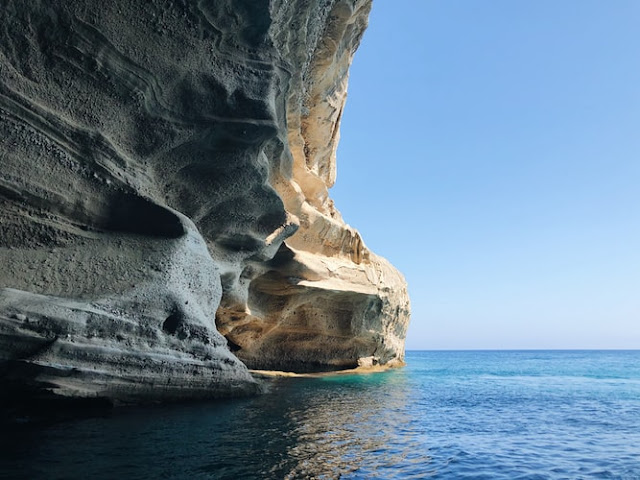Holidays to Marrakech Help You Visit Historic Structures
Located to the south-west of Rabat, the capital of
Morocco, Marrakech is the country's fourth largest city and has been nicknamed
as the 'Red City' owing to the red sandstone buildings constructed during the
12th century. It is among the former imperial cities of the nation. Marrakech
has been inhabited since the Neolithic times by the Berber farmers, but it was
founded as a city by the commander of the Almoravid king, Abu Bakr ibn Umar, in
the year 1062. The city grew rapidly after it was founded and became the
religious, trading, and cultural hub for the north-west African region. Its
public square, Jemaa el-Fnaa is the busiest square in the African region even
today.
You can explore this square during your Marrakech holidays while getting
around in the city. After the founding of this city by the Berber dynasty of
the Almoravids, many mosques and Quranic schools were built in this part of
Morocco. While constructing the key structures in the city, the services of
Andalusian craftsmen from the Spanish cities of Seville and Cordoba were used.
The combination of designs from the Sahara, West Africa, and Andalusia created
a unique style of architecture that was ideal for the social and political
environment of the city.
The chief of the Almoravid empire in those times was
Yusuf ibn Tashfin, who built the Ben Youssef mosque. During your Marrakech holidays, you can explore
this majestic mosque in the city's medina quarter. Marrakech became the
Almoravid Emirate's capital city during the reign of Yusuf ibn Tashfin, while
his son Ali ibn Yusuf fortified it and built the ramparts, mosques, palaces,
and underground water system. The Almoravids were defeated in the mid-12th
century by the Almohad leader, Abd al-Mumin and the city came under his rule
after a series of battles. The Almohads built several palaces and religious
buildings, including the Koutoubia Mosque.
While enjoying your holidays
to Marrakech, you can visit this mosque and explore all the
attractions located nearby. After the death of the Caliph of Morocco in the
early 13th century, Yusuf II, the city fell into a state of decline after
several upheavals and the overpowering of the Almohads by the Zenata tribes. It
lost the status as capital with these events. In the 16th century, the Saadian
sultans established their rule over the city. During the rule of the Alaouites,
the city was relatively peaceful and Sufism attained its height of popularity,
especially during the reign of the dynasty's second ruler, Moulay Ismail.
The early 20th century was a period of great unrest
which lasted several years. When a French doctor, Dr Mauchamp, was murdered in
the city, France invaded Marrakech and established the French Protectorate in
the country. Morocco got its independence in the mid-20th century and Marrakech
became a thriving tourist destination. It was a mecca for the hippies in the
1960s and 1970s. During this period, the city also attracted many western
musicians, film directors, actors, fashion divas, and models. Today, the city
has become a world-renowned travel destination with many new hotels and
shopping centres.
You can click here
to find some interesting information on European
holidays.




Comments
Post a Comment